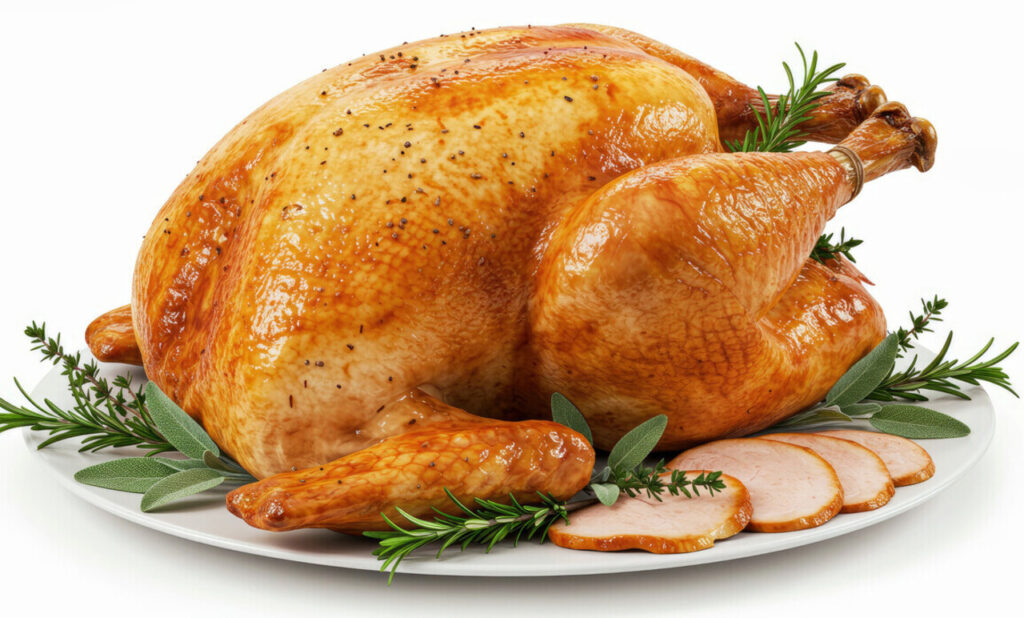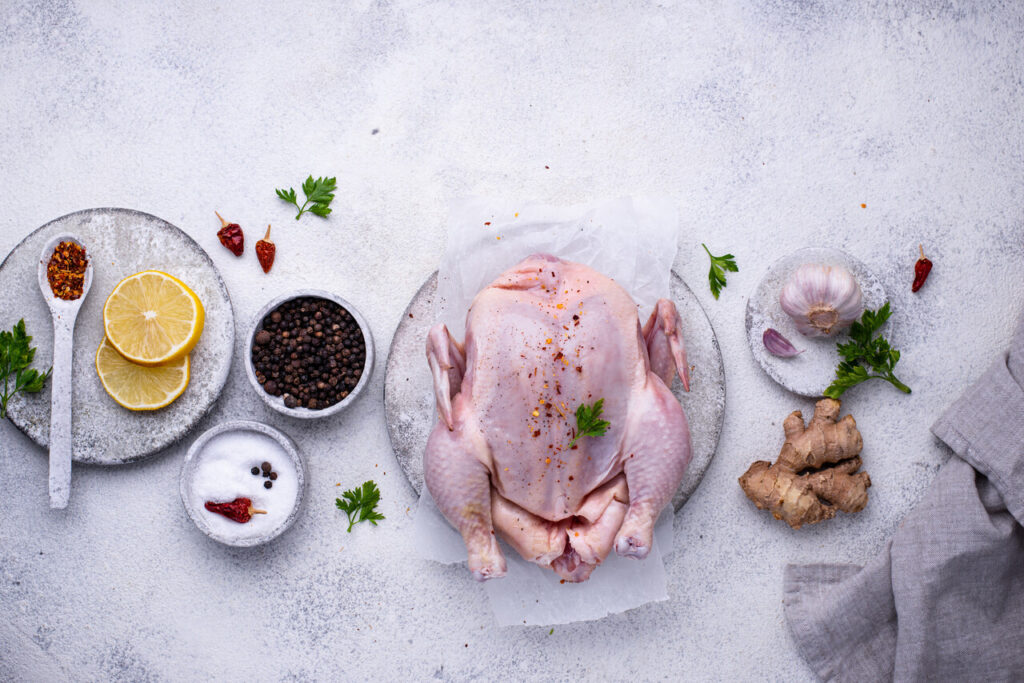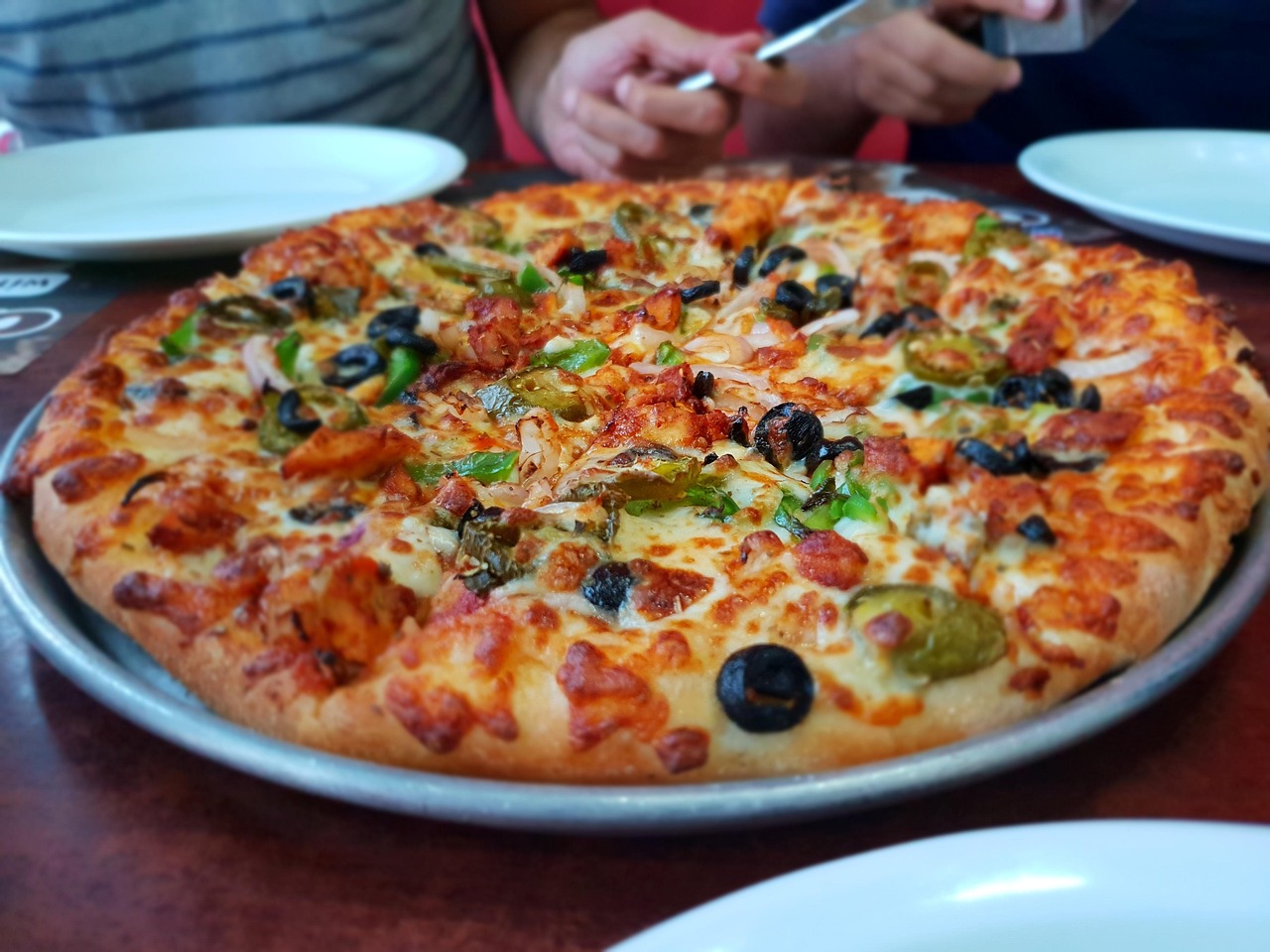Wet Brine or Dry Brine Which Turkey Method Makes the Better Bird

Here’s the thing: choosing how to prep your turkey sets the tone for the entire meal, and both brining styles bring something different to the table. You might already have a favorite, but once you look at how each method shapes texture and flavor, the choice becomes clearer.
A wet brine gives you dependable moisture and a forgiving cushion if the turkey cooks a little past the ideal temperature. Dry brining leans into simplicity and fuller flavor without all the buckets, sloshing water, or rearranging your fridge.
What this really means is that you’re deciding between convenience, control, and the kind of eating experience you want at the table. Let’s break it down in a way that helps you choose fast and cook confidently.
Wet Brining: The Classic Moisture Move

Wet brining soaks the turkey in a saltwater bath that drives moisture into the meat. You end up with a forgiving, juicy bird even if your timing isn’t perfect. It’s the method many home cooks trust when they want consistent results without overthinking every step.
How Wet Brining Works
Soaking the turkey in salted water changes the muscle structure so it can hold on to more liquid. The salt moves into the meat, seasoning it throughout rather than only on the surface. This shift helps the bird stay juicy even if the cooking runs long. You’ll notice the difference most in the breast meat, which is usually the first to dry out.
Pros of Wet Brining
Wet brining puts a safety net under your roast. You get dependable moisture, gentler seasoning, and a little extra margin if the oven gets too hot. The results are especially helpful for large turkeys, where timing can get tricky. You won’t get patchy flavor or dry pockets, and even less-experienced cooks tend to nail it on the first try.
Cons of Wet Brining
The real downside is the setup. You need fridge space, a large container, and enough brine to submerge the turkey. The extra liquid can slightly soften the skin, making crispness harder to achieve. It also adds weight from absorbed water, which isn’t flavor-rich, so the final taste may lean milder than dry brined birds.
Dry Brining: The Flavor-First Approach

Dry brining leans on salt, time, and air circulation instead of a liquid bath. It’s a clean, straightforward method that doesn’t crowd your fridge or leave you wrestling with heavy containers. The payoff is a deeper flavor and crisp skin that browns beautifully.
How Dry Brining Works
Salt draws out the turkey’s juices before dissolving back into the meat, creating its own natural brine. This season, the bird is more intensely and tightens the texture just enough to helps the skin crisp in the oven. You’ll see the best results when you let the turkey sit uncovered for part of the process.
Pros of Dry Brining
Dry brining is simple, low-mess, and flavor-forward. You get a turkey that tastes seasoned through every bite without the diluted feel of added water. The skin browns faster and comes out crackling crisp. If you want a strong, clean flavor without extra equipment, this is the method that gives you the most control.
Cons of Dry Brining
The method isn’t quite as forgiving as wet brining. You need to keep an eye on timing and avoid oversalting thinner areas. It also doesn’t provide the same moisture cushion, so you’ll want a reliable meat thermometer. Still, once you get the hang of it, the results are consistently bold and satisfying.
Which Method Should You Choose?
You’re not choosing the universally “better” method. You’re choosing the method that fits your kitchen, your schedule, and the flavor you want to bring to the table. Both styles can deliver an excellent turkey; they just travel different paths to get there.
The Best Turkey Is the One You Prep With Confidence
At the end of the day, both brining methods produce a solid holiday centerpiece. Wet brining keeps things juicy with little risk, while dry brining gives you cleaner flavor and better browning. Follow the method that matches your comfort level, stay patient with the timing, and use a thermometer to avoid guesswork. Do that, and you’ll serve a turkey that earns every compliment.







